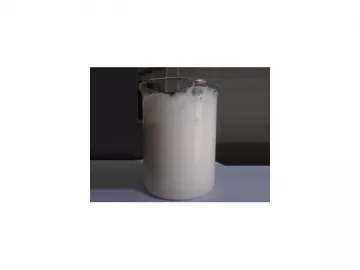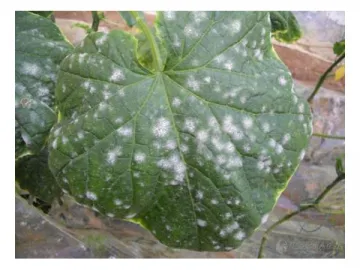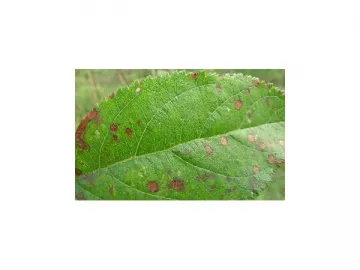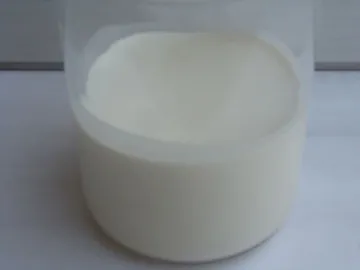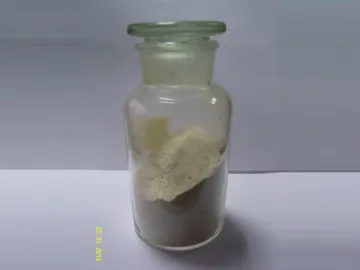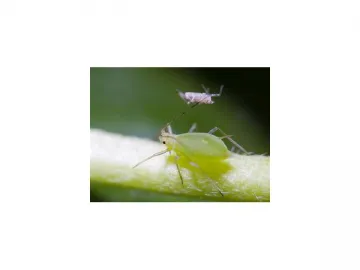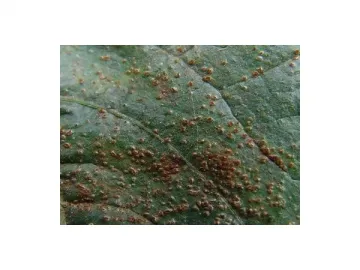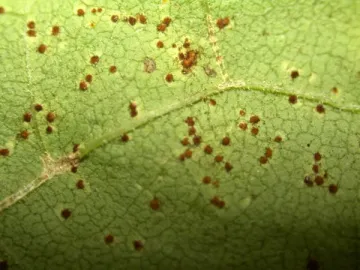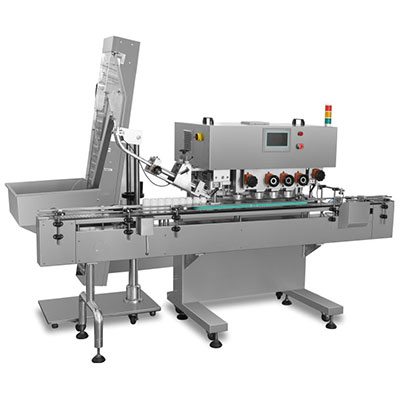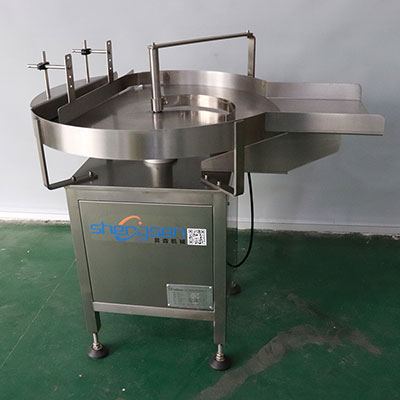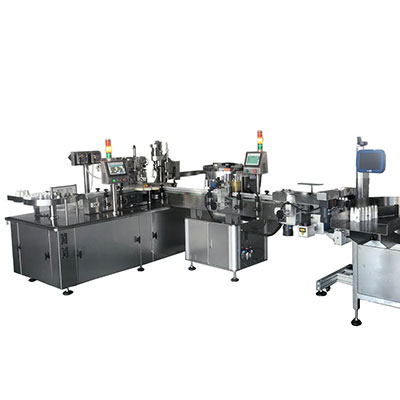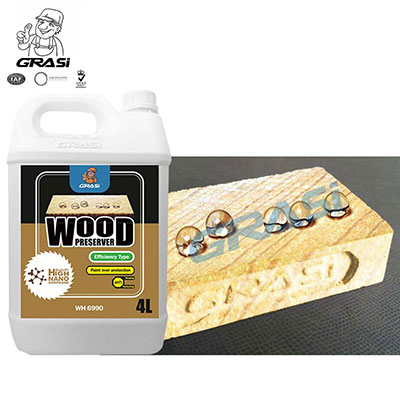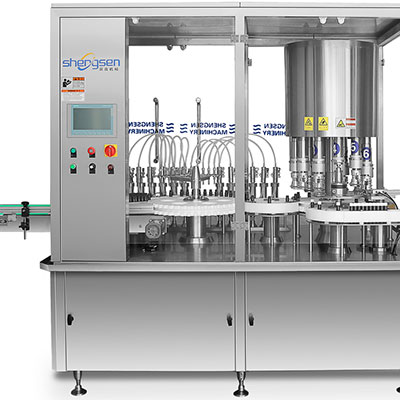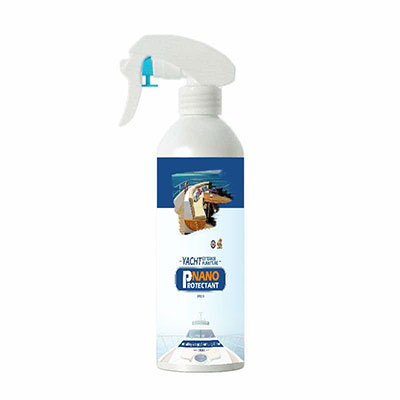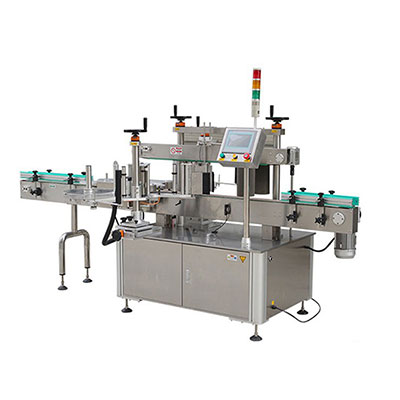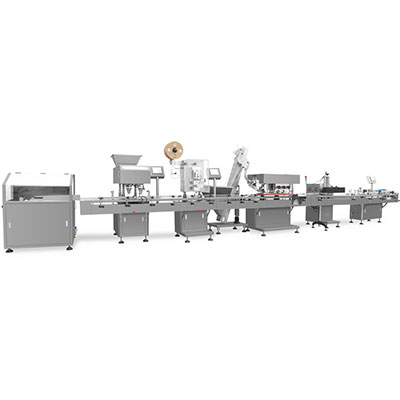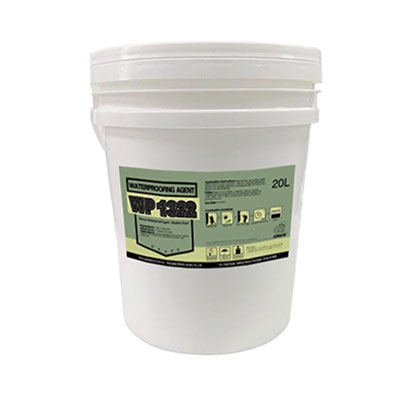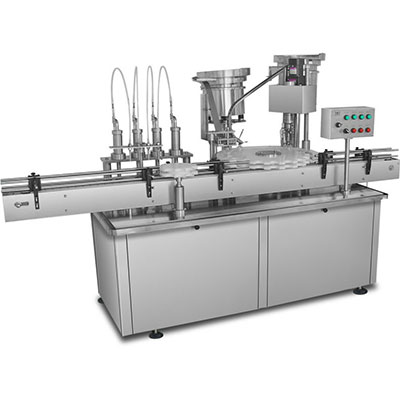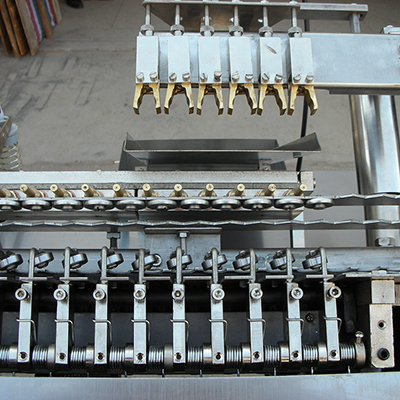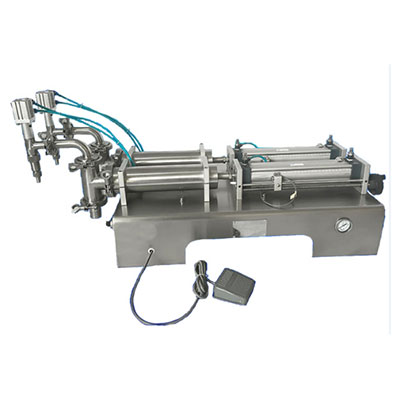Bio-fungicide
By means of antibiotic production, nutrient competition, parasitism, enzymes decomposition from cell walls as well as plant resistance induction, the bio-fungicide, a kind of microbial pesticide, comes with antagonistic action towards various pathogenic bacteria of plants.
With dual functions of protection and treatment, this biochemical pesticide is effective in control of soil-borne fungus diseases. The survival ratio of raising seedlings and transplanting is improvable and the seedlings will grow robustly if the product is applied in seedbeds. Users can also use bio-fungicide to prevent and treat gray mold of crops.
Features
The biological fungicide is long-acting with numerous acting locus but without resistance. Breaking through the constrained conditions of conventional fungicides, bio-fungicide is not restricted by high-humidity environment and the efficacy will be strengthened along with the increase of humidity. What’s more, this product is a broad-spectrum fungicide leaving no residual toxicity or harmful effect to crops.
Application Scope
The bio-fungicide can be used for controlling root rot, gray mold, damping off, pythium blight, pythium debaryanum, blight and other soil-borne diseases.
Content
The numbers of effective viable bacteria is not less than 109cfu/g.
Property
The biopesticide belongs to the dust powder (DP).
Solubility
It is soluble.
Usages
1. Soil treatment
Compound the bio-fungicide with the substrate of raising seedlings in a proportion of 1:500 and then directly sow or apply cuttage. For the seedbed treatment, this product can be evenly mixed with the substrate of raising seedlings in a proportion of 1:10 and then that subatrate can be spread onto seedbeds. 1kg substrate is sufficient for 10 to 15 square meters of seedbed.
2. Seed dressing or soaking
First dilute the product with the dilution of 100 times. After soaking seeds for 2 hours, sowing can be conducted. Or dress seeds with the product before direct seeding and 1kg seed needs to be mixed with 10g product.
3. Root treatment
Before transplanting, soak roots for 30 minutes with solution, the dilution of which is 500 times. Then apply field planting. Another method is root-irrigation with the solution of same concentration.
4. Spraying
Prepare the solution in the dilution of 600 to 800 times for spraying. Remarkable effects will be achieved by spraying before or in the early stage of disease development.
5. Mixing with the bio-fertilizer
The product can be used as the bio-fertilizer. 1000kg organic fertilizer can be mixed with 1kg bio-fungicide and each hectare field needs 15kg of this fungicide.
Strengths
The natural insecticide has antagonistic action towards various pathogenic fungus of plants and also has broad application prospect with the following strengths:
1. It is saprophytic with wide application scope.
2. It possesses broad parasitic range with multiple purposes. Hence, it helps reduce treat cost and can be easily accepted by users.
3. The bio-fungicide can produce various antibiotics and lytic enzymes, reducing the resistance of pathogenic fungus and enhancing anti-bacteria capacity.
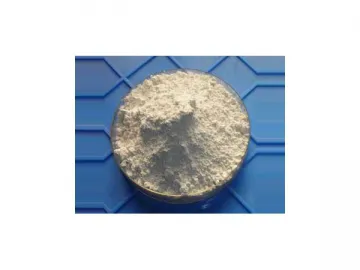
Links:https://globefindpro.com/products/83940.html
